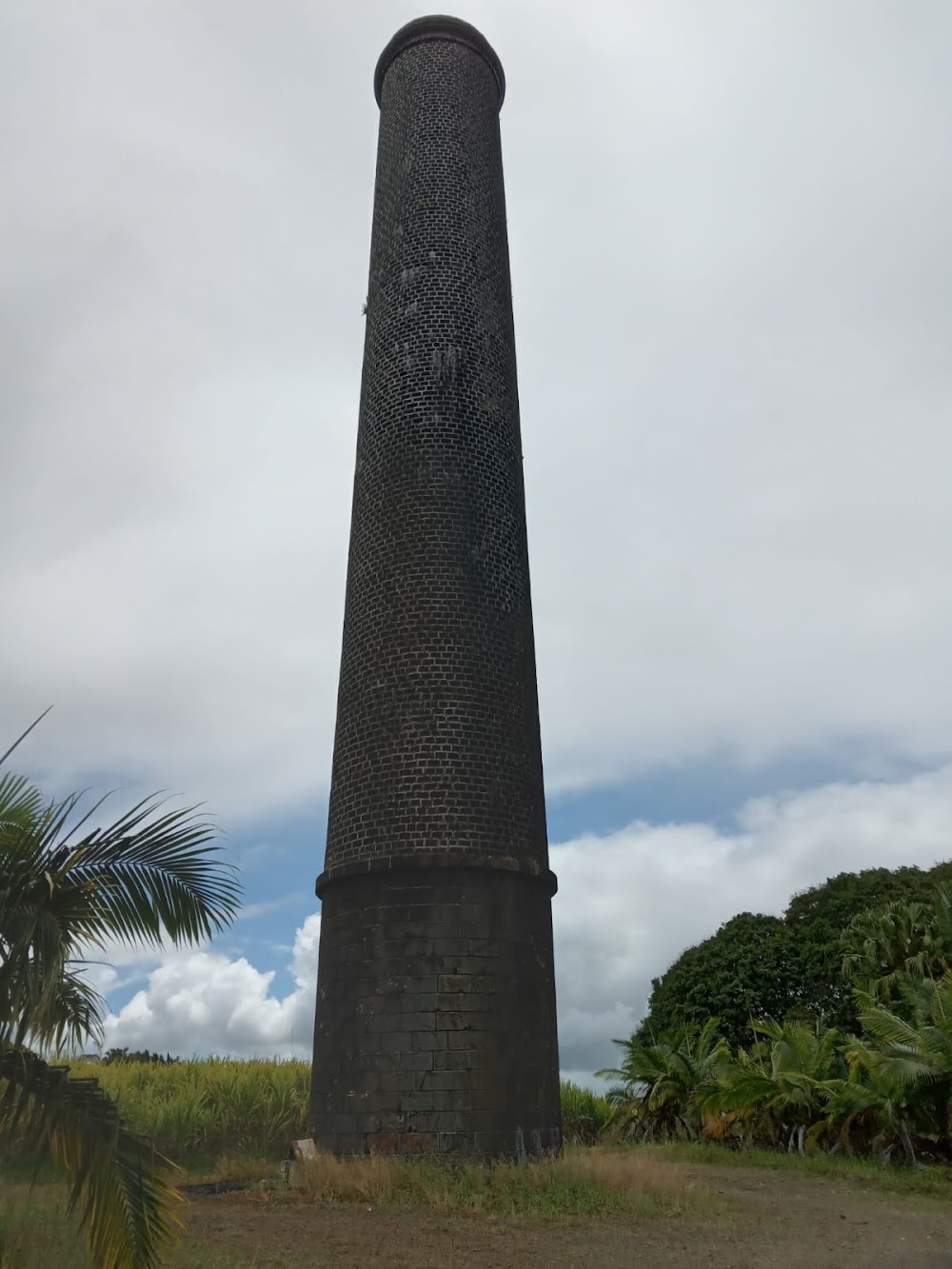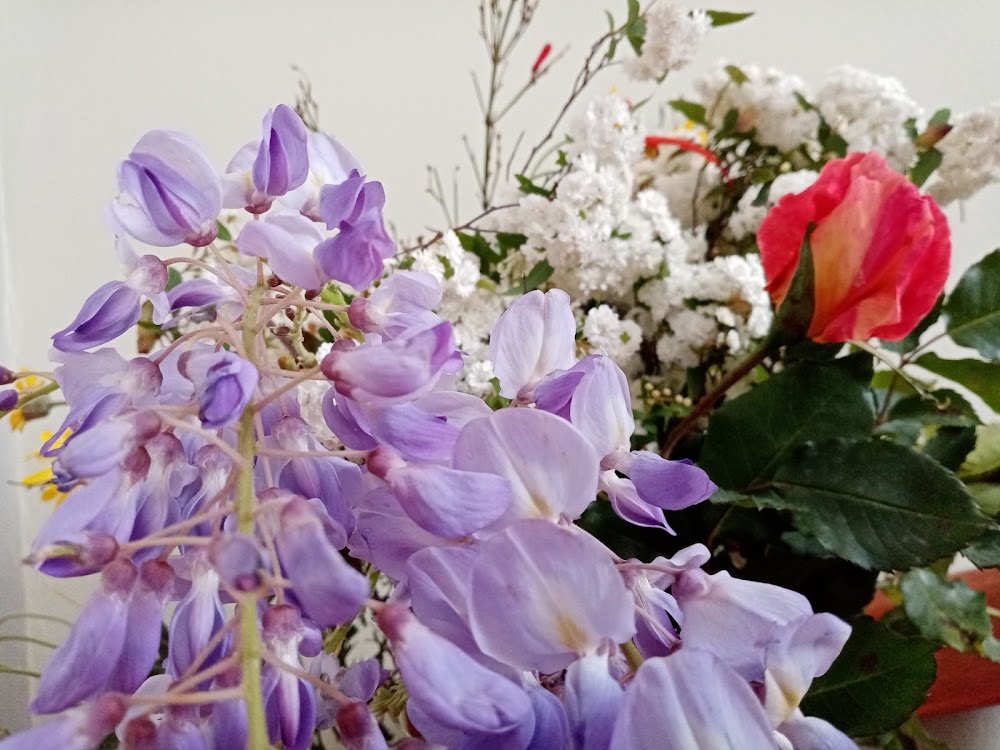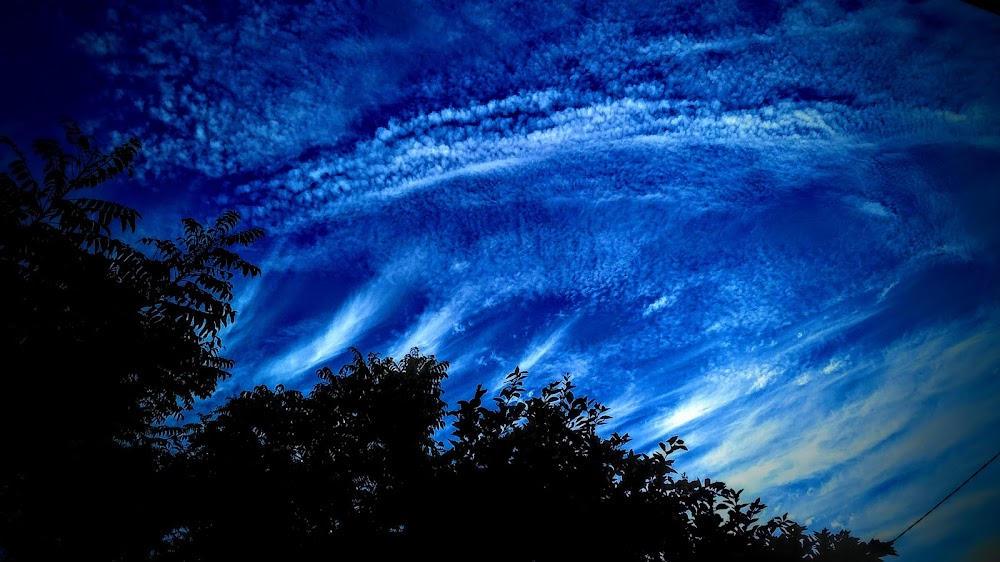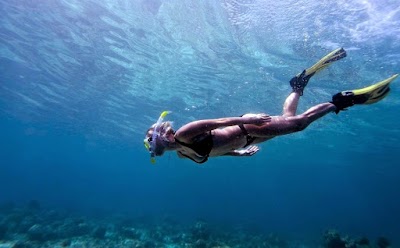Mapou Island (Île Mapou)
Overview
**Mapou Island: A Hidden Gem in the Saint Brandon Islands**
Nestled in the **Saint Brandon Islands** of Mauritius, Mapou Island is a serene tropical paradise that remains largely undiscovered by the masses. Its captivating story intertwines nature's wonders with human endeavors, crafted over centuries into a rich tapestry of history and ecology.
The **Saint Brandon Islands**, also known as the Cargados Carajos Shoals, comprise over 50 small islands and shoals located approximately 430 kilometers northeast of Mauritius. Among these, Mapou Island stands out not just for its breathtaking beauty, but also for its fascinating origins and the narrative of its habitation.
Millions of years ago, volcanic activity beneath the ocean floor gave rise to this archipelago. As volcanic activity subsided, coral reefs flourished around these formations, gradually expanding and creating a platform that allowed islands like Mapou to rise above the waves. The result is an exquisite atoll, teeming with diverse marine life and offering pristine beaches that enchant visitors.
Mapou Island derives its name from the **Mapou tree**, a resilient Banyan tree known for its sprawling roots. While the island itself lacks these trees, the name signifies endurance and adaptability—characteristics that are emblematic of such a remote location.
In the early exploration days, sailors traversing the Indian Ocean would occasionally stop at the Saint Brandon Islands for rest and replenishment. However, permanent settlement didn’t occur until much later, primarily due to the islands' isolation and the challenges posed by navigating the surrounding reefs.
During the **18th century**, these islands became a fishing refuge due to the rich marine resources in the surrounding waters. Over time, temporary fishing camps emerged on Mapou and nearby islands, with fishermen residing for weeks at a time. Simple wooden huts were erected, and the sea provided their sustenance.
Throughout the **19th and early 20th centuries**, efforts to establish a permanent presence on the islands faced significant challenges from harsh weather, including powerful cyclones. Nevertheless, Mapou Island remained a vital point for fishing operations and played an integral role in the local economy.
The **20th century** ushered in more advanced infrastructure on the island. Navigational beacons were installed to guide vessels through the treacherous reefs, and small-scale systems for rainwater collection and solar energy were introduced to support the temporary fishing camps, ensuring a steady supply of fresh water and electricity.
In recent decades, **environmental conservation** has taken center stage on Mapou Island and the surrounding Saint Brandon Islands. Recognizing their ecological significance, the Mauritian government, along with various environmental organizations, has implemented measures to safeguard these delicate ecosystems. Conservation projects aim to preserve coral reefs, protect nesting sites for birds and turtles, and maintain the unspoiled beauty of the beaches.
Though largely uninhabited, Mapou Island occasionally welcomes researchers, conservationists, and adventurous travelers eager to experience its untouched allure. Visitors are greeted with crystal-clear turquoise waters, soft white sands, and a vibrant marine ecosystem thriving in the island's protected waters.
Mapou Island's narrative is a tribute to the beauty and resilience of nature, harmonized with human efforts to preserve it. The island stands as a beacon of natural wonder, offering a glimpse into a world where the rhythms of the ocean and the life it nurtures remain largely uninterrupted by the passage of time.








